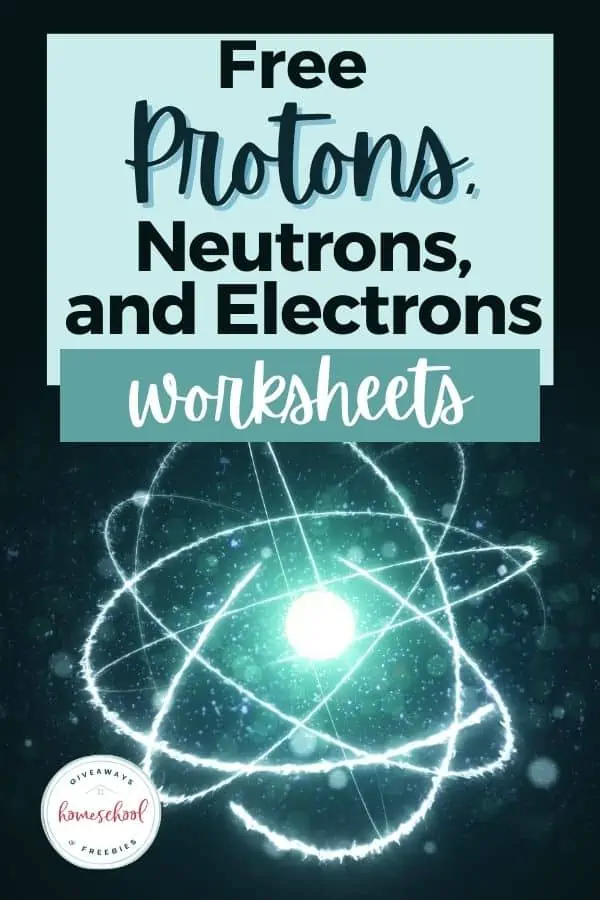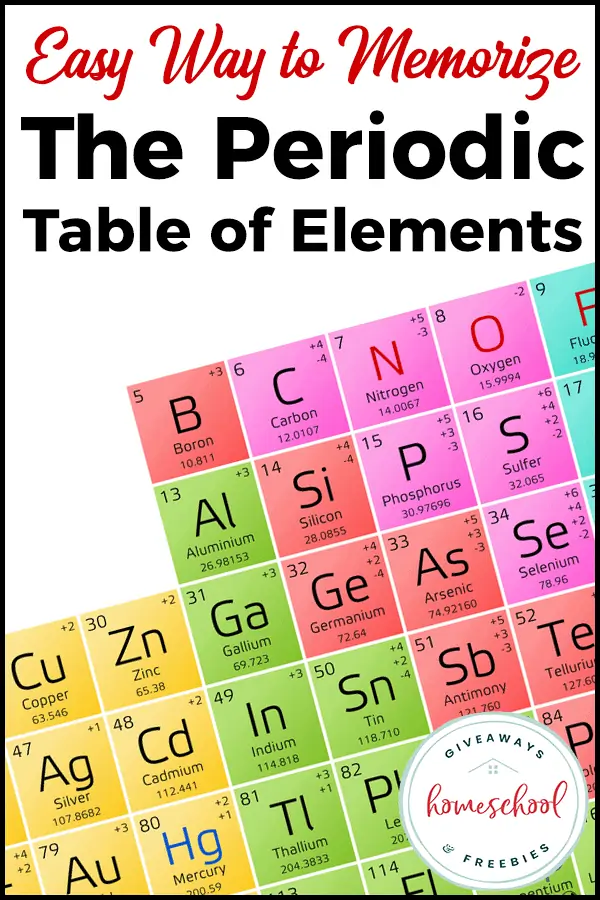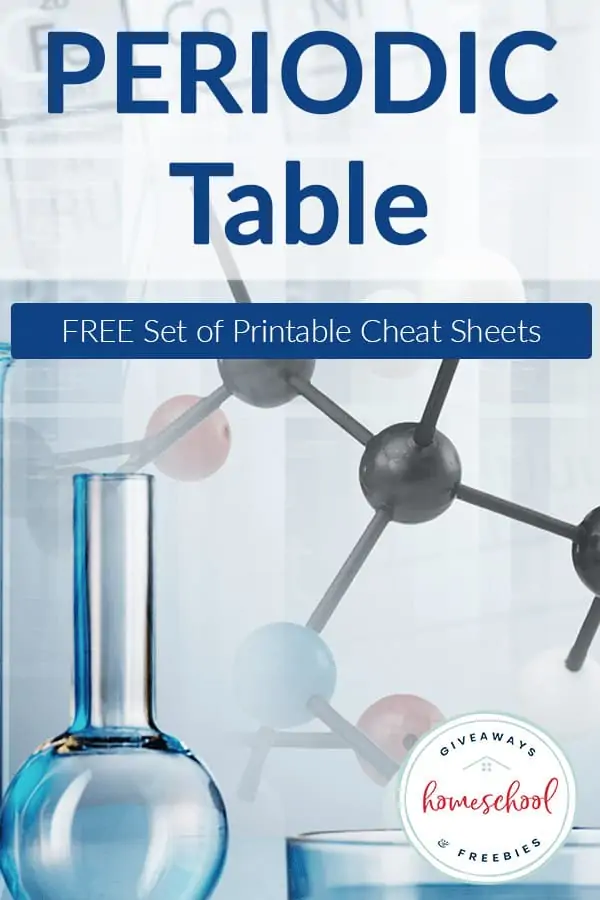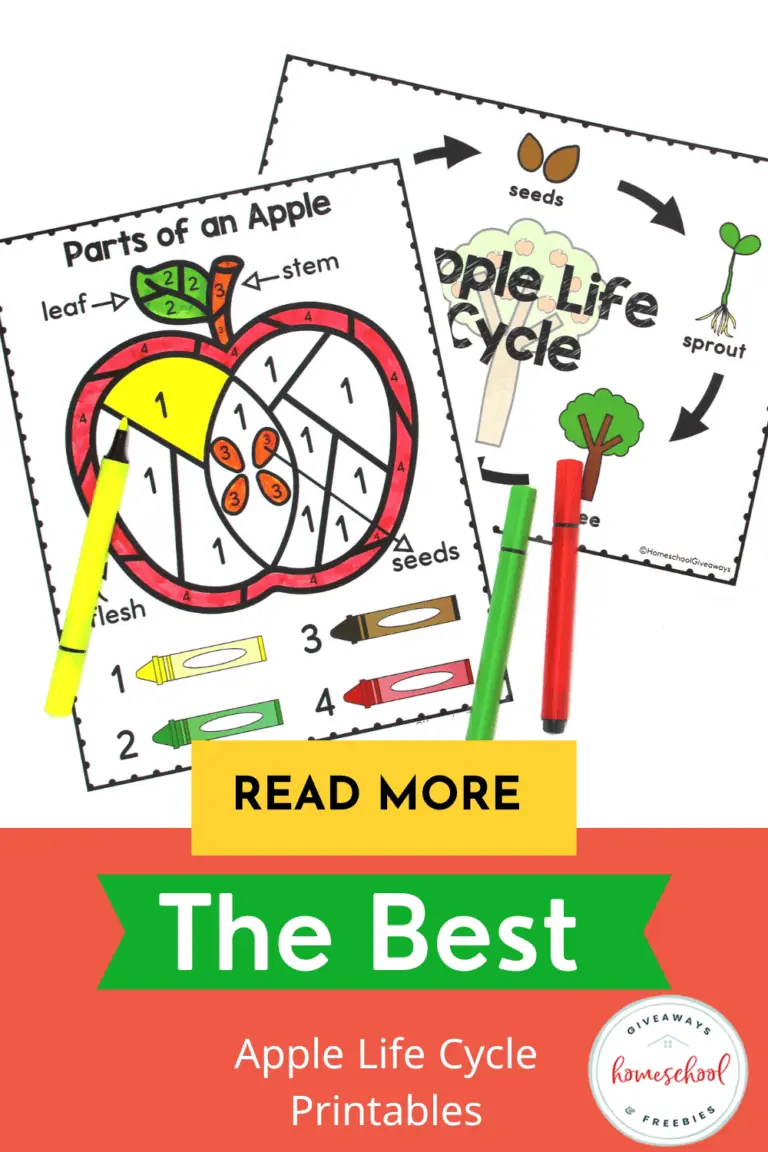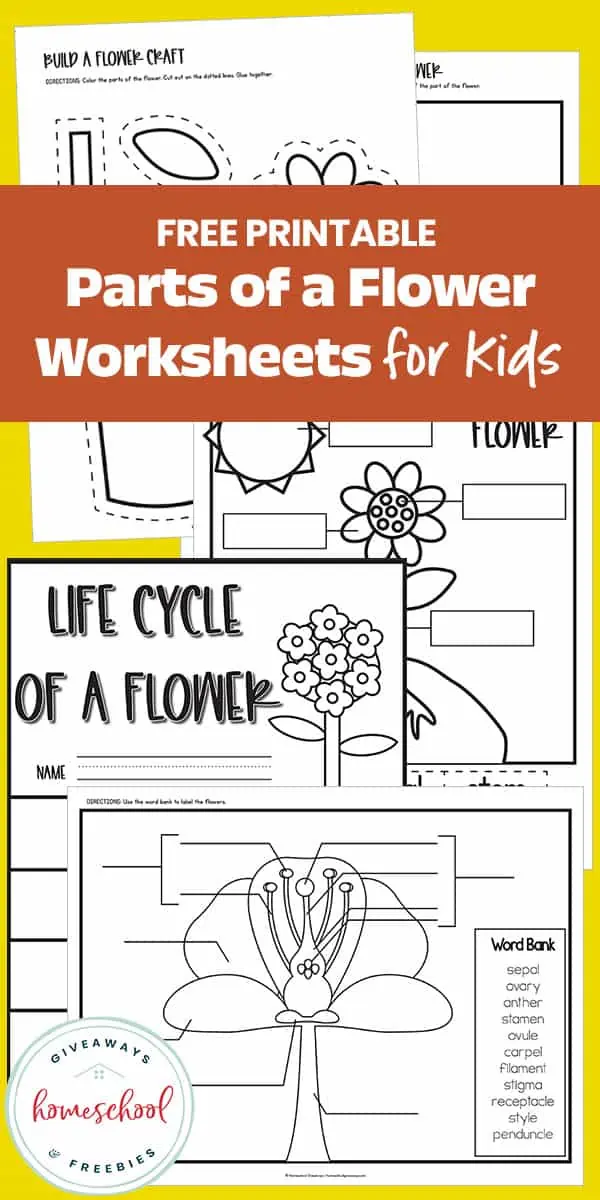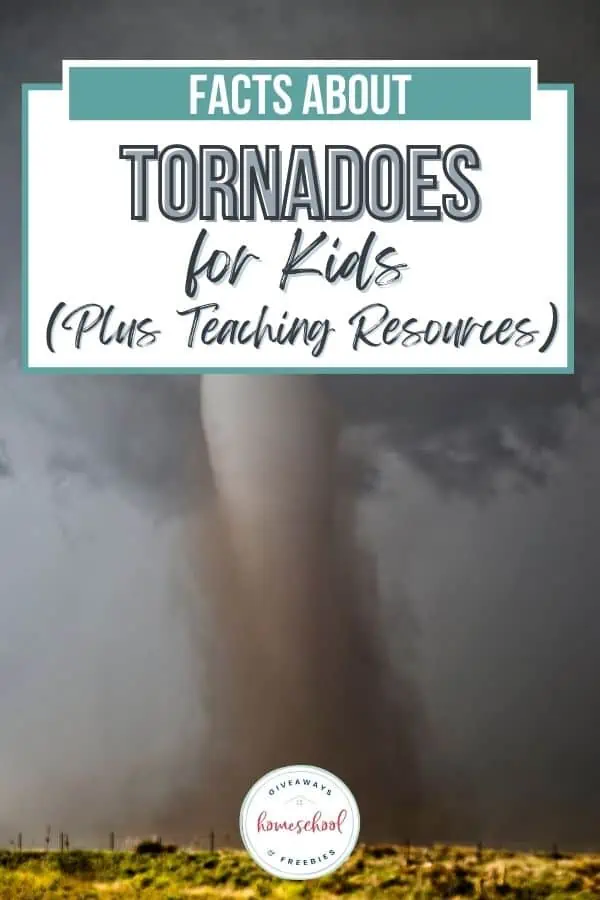Free Protons, Neutrons, and Electrons Worksheets
Published:
November 7, 2022

Contributor:
Sarah Shelton
Disclosure: This post may contain affiliate links, meaning if you decide to make a purchase via my links, I may earn a commission at no additional cost to you. See my disclosure for more info.
Are you learning about atoms in your homeschool science or chemistry lessons? There are so many different things to remember and these protons neutrons electrons worksheets can be a huge help.
Protons, Neutrons, and Electrons
If you are getting to the section in Apologia Chemistry, (or any chemistry curriculum), on the parts of an atom, then truly understanding protons, neutrons and electrons will be a big help.
An atom is made up of very tiny particles called protons, neutrons and electrons. Everything you can touch see and feel are made up of atoms. Protons and neutrons are located in the center of the atom which make up the nucleus. The electrons surround the nucleus inside the atom.
What are the 3 main parts of an atom?
Protons
Protons are the tiny particles located in the center of an atom which is called the nucleus. Together, with neutrons they will make up the entire mass of an atom. Protons provide a positive electrical charge which binds the atomic electrons.
How do you find protons?
You can find the number of protons by using a periodic table of elements. Take a look at the element you are learning about. The number of protons in an atom is equal to the atomic number of the element. You can see this number at the top left above the element’s symbol.
For example: oxygen has the atomic number of 8. So oxygen has 8 protons in it.
What is the charge of a proton?
All protons have a positive electrical charge of one. (+1). A great way to remember what type of charge it is by the first letter of the name. It is easy to remember the letter p stands for proton and also for positive.
Neutrons
Neutrons are tiny subatomic particles located in the nucleus of an atom. The only atom they can not be found in are those made up of hydrogen.
How do you find neutrons?
You can find out how many neutrons are in an atom by looking at a table of elements. The number of neutrons can be calculated by subtracting the atomic number from the atomic mass. The atomic number is the number of protons located at the top left. The atomic mass is located at the bottom of the symbol.
For example: The atomic mass of oxygen is 15.999. The number of protons is 8. When you subtract 8 from 15.999, you will get the number of 8. So there are 8 neutrons in oxygen.
What is the charge of a neutron?
A neutron has no electrical charge so it is neutral. Think neutron = neutral. Another great way to remember the charge is also by the first letter of its name. It will be easy to remember the letter n stands for neutron and negative.
Electrons
Electrons are negatively charged particles that can be bound to an atom or free and not bound. They orbit around the outside of the nucleus in an atom. Electrons are the lightest stable subatomic particles.
How do you find electrons?
To find the number of electrons you need to know that the number of electrons in an atom equals the atomic number of an element. The number of electrons and the number of protons in that element will be the same.
Using the same example of oxygen that has 8 protons and 8 neutrons, it also has 8 electrons. This is a pretty easy example. Some of the others can get tricky.
What is the charge of a electron?
An electron carries a negative charge of 1.602176634 × 10−19 coulomb. This is the basic unit of an electric charge.
Protons, Neutrons, Electrons Worksheets
Learning how to calculate the number of protons, neutrons and electrons can be exciting for some children, and overwhelming for others. Using worksheets and a periodic table of elements chart for quick reference will help your children to better understand how to figure out the numbers.
Identifying the Number of Subatomic Particles – This worksheet will help you to learn how to identify the numbers of subatomic particles in an element.
Protons, Neutrons, Electrons Study Notes – Use this worksheet to fill in the number of protons, neutrons and electrons of an atom to use it to study with.
Atomic Structure Worksheet
Atomic Structure Worksheet – Use this worksheet to label the parts of the atom to learn its atomic structure.
Fill in the Blanks Atomic Structure – Your students will use this worksheet to determine the mass number, atomic number, and the number of protons, neutrons and electrons in the atoms and ions.
Electron Configuration Worksheet
Electron Configuration Worksheets – There are lots of worksheets to dig deeper into learning about the configurations of electrons.
Subatomic Particles Activity
Interactive Subatomic Particles Activity – This interactive chart will help your students to fill in the numbers of protons, neutrons and electrons of the atom.
The Periodic Table of Elements
The periodic table of elements is a helpful scientific tool designed by scientists to study chemicals and assist with experiments. The table gives us information about the atomic structure of the many different elements and the chemical similarities and differences between them.
So, if you are leanring how to memorize the periodic table, these resources can help.
Periodic Table Cheat Sheet – The Periodic Table of Elements Cheat Sheet is a helpful tool to drill and review the periodic table with your children. There is no prep work at all! Just print the sheets and use them in a binder for easy flipping and reviewing.
Interactive Periodic Table – This interactive periodic table will allow your children to learn about each element by clicking through them one at a time. Once you click the element all of the information about that element will pop up. What a helpful tool!
In Conclusion:
Learning how to calculate the number of protons, neutrons and electrons can be exciting for some children, and overwhelming for others. Using worksheets and a periodic table of elements chart for quick reference will help your children to better understand how to figure out the numbers.

